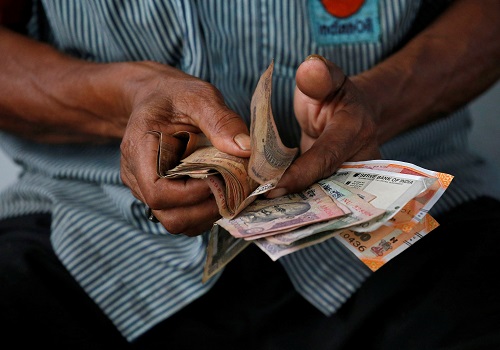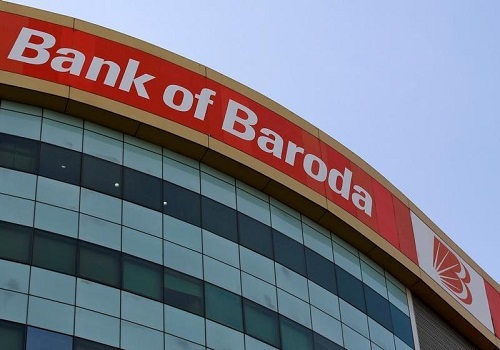Oil and Gas Sector Update : Gearing up for Net Zero JM Financial Institutional Securities
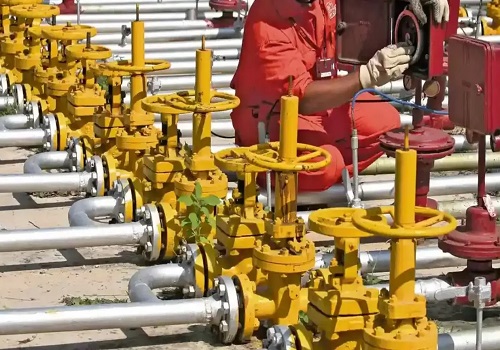
The oil and gas (O&G) industry has been a direct and indirect contributor to greenhouse gas emissions, which is a key driver for climate change. Hence, India’s O&G players have a key role to play in helping the country achieve its COP-26 commitments, which include achieving Net Zero by 2070 and increasing non-fossil fuel based energy capacity to 500GW by 2030. Many O&G majors have already set the ball rolling in this direction by announcing plans to set up RE capacities, which will not only help them achieve their Net Zero targets but also aid them in business diversification. RIL aims to achieve Net Zero by 2035, followed by ONGC by 2038, HPCL/BPCL/Oil India/GAIL by 2040 and IOCL by 2046. India plans to increase non-fossil fuel based energy capacity to 500GW by 2030 (from current 180GW); of this, ~120GW is likely to be added by India’s O&G companies (100GW by RIL, 10GW by ONGC, ~3GW each by IOCL/GAIL/BPCL and 2GW by HPCL). Led by aggressive plans by RIL, India also aims to be a global leader in green hydrogen powered by renewable energy. RIL plans a clean energy capex of INR 750bn over 3 years and potentially ~INR 5trln over 10-15 years; ONGC has committed ~INR 1trln and GAIL ~INR 260bn for this.
* India committed to achieve Net Zero by 2070; RIL targeting Net Zero by 2035, followed by ONGC (2038) HPCL/BPCL/Oil India/GAIL (2040) and IOCL by 2046: At the 26th UN Climate Change Conference, 2021 (COP-26), GoI (government of India) committed to achieve: a) Net Zero by 2070, b) increasing non-fossil fuel based energy capacity to 500GW by 2030 (from ~180GW in May’23), and c) meeting 50% of the country’s energy requirements from renewables by 2030 (from ~12.5% in May’23), amongst other targets. As contribution to India’s key COP 26 commitments, India’s oil and gas (O&G) majors have already announced their Net Zero targets with RIL targeting to achieve Net Zero by 2035, followed by ONGC by 2038, HPCL/BPCL/Oil India/GAIL by 2040 and IOCL by 2046. Gas companies are yet to announce their respective Net Zero targets.
* India targeting to increase non-fossil fuel based energy capacity to 500GW by 2030 (from current 180GW); of this, ~120GW is likely to be added by Indian O&G companies: India plans to increase its non-fossil fuel based energy capacity to 500GW by 2030 (from ~180GW in May’23) via a target of around 300GW (vs. ~68 GW in May’23) for solar energy, around 140GW (vs. ~43 GW in May’23) for wind energy and the balance via a mix of bio-energy, hydro and nuclear energy. To meet these commitments, India’s oil & gas companies have so far announced plans to add RE (renewable energy) capacity of up to ~121GW by 2030 (vs. ~1GW at the end of FY22) and increase that to ~175GW by 2040. RIL will be the biggest contributor among all oil and gas industry players, having announced an RE capacity target of 100GW by 2030. Out of the remaining 21GW RE capacity target, ONGC has announced setting up of 10GW capacity, IOCL and GAIL 3GW each and HPCL 2GW while BPCL should be having ~3GW by 2030.
* India aims to be global leader in green hydrogen powered by renewable energy; RIL has laid down aggressive plans: GoI’s National Green Hydrogen Mission aims to make India a global leader in production, usage and export of green hydrogen. It is targeting a green hydrogen capacity of 5mmtpa by 2030 with an associated RE capacity addition of ~125GW; apart from the initial outlay of INR 197bn, this will entail over INR 8trln of investments by 2030. RIL has laid down aggressive plans and aims to bring down the cost of green hydrogen to under USD 2 per kg initially and ultimately to even under USD 1 per kg (from ~USD 3.0-6.5 per kg in 2021) in a decade to make green hydrogen more affordable. IOCL and HPCL plan to install annual green hydrogen production capacity of 7ktpa and 7.3ktpa respectively by 2025-26 whereas BPCL plans to install 10ktpa annual green hydrogen production capacity by 2030. Other oil and gas companies have also started planning their green hydrogen capacities but the scale remains relatively small. In the gas segment, PNGRB has given approval for 5% green hydrogen blending with PNG, which can be taken up to 20% in phases
To Read Complete Report & Disclaimer Click Here
Please refer disclaimer at https://www.jmfl.com/disclaimer
SEBI Registration Number is INM000010361
Above views are of the author and not of the website kindly read disclaimer



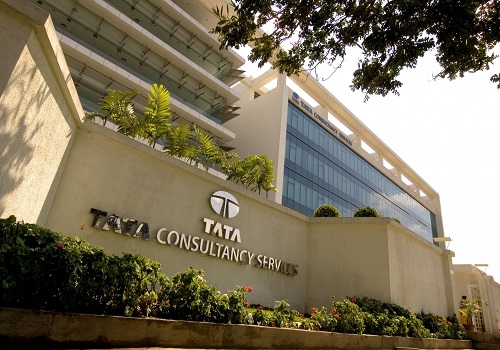





More News
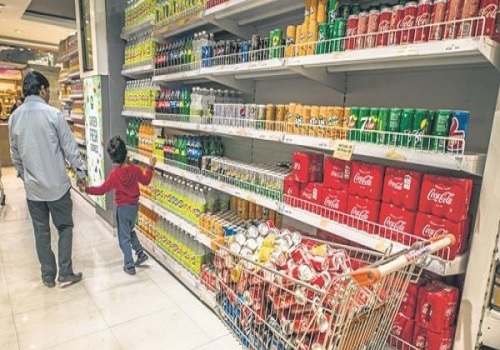
Consumer Sector Update :Mixed trends; jewelry and liquor to outperform By Motilal Oswal Fina...






